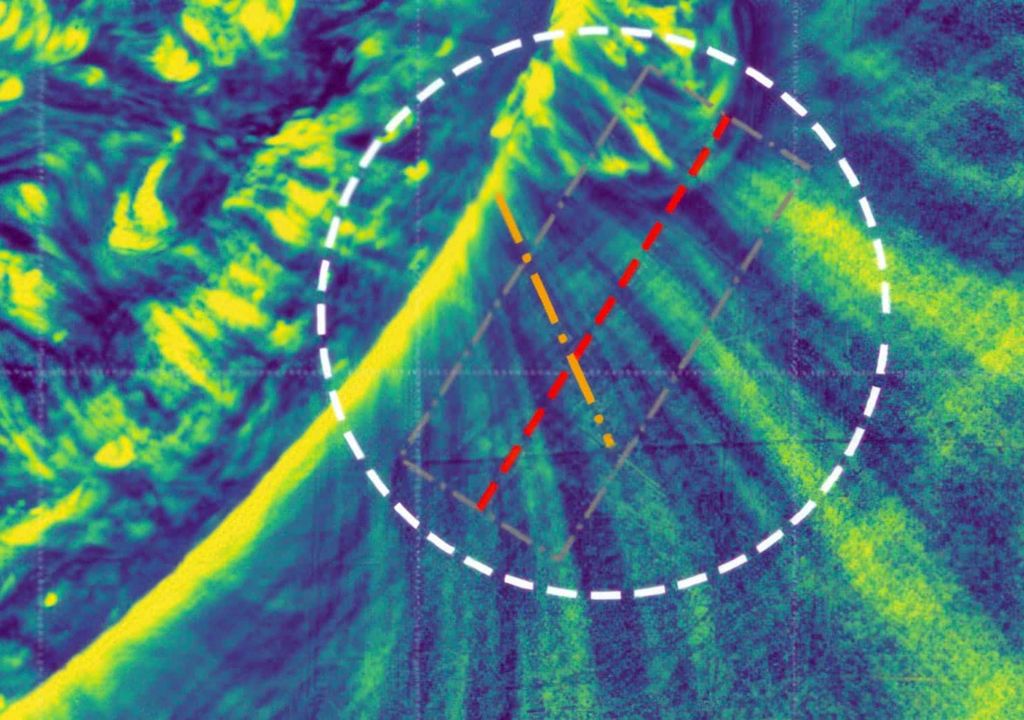The solar mystery that has puzzled scientists for decades is getting closer to being solved
New observations allow us to visualize for the first time a phenomenon that may explain why the Sun's outer atmosphere is millions of degrees hotter than its surface.

When we enjoy a sunny day, the light that bathes us comes from the Sun's photosphere, where its bright surface reaches about 5,800 degrees Kelvin (or 15 million degrees Celsius). However, there is a mystery that has puzzled astronomers for decades: the corona, the Sun's outer atmosphere, has temperatures that exceed a million degrees Kelvin , much hotter than the surface itself.
In the logic of any star, the temperature should decrease as it moves away from the core , where nuclear fusion occurs. So why is the corona so superheated? For years, scientists have relied solely on hypotheses and theoretical models, but a recent study provides evidence that may begin to unravel this phenomenon.
Invisible waves that heat the Sun
One of the reasons that helps to understand this behavior is the low density of the corona . By Earth's standards, it would be practically a vacuum, and this rarefaction makes it easier for it to heat up than the dense layers of the photosphere.
So far, two main theories have attempted to explain coronal heating: magnetic reconnection and Alfvén waves.

Reconnection occurs because the Sun, as it rotates, deforms its magnetic fields ; over time, they violently rearrange themselves, releasing large amounts of energy , something similar to snapping a stretched rubber band. However, calculations have shown that this phenomenon alone is not enough to justify the extreme temperatures.
So attention has turned to Alfvén waves: low-frequency vibrations produced by ions that, when interacting with magnetic fields, constantly transfer energy to the solar atmosphere . These waves have been a theoretical possibility... until now.
A unique view thanks to a state-of-the-art telescope
A team of researchers using the Inouye Solar Telescope's Cryogenic Near-Infrared Spectropolarimeter (Cryo-NIRSP) has successfully captured direct images of Alfvén waves in the corona for the first time.
Although these high-frequency waves do not carry much energy individually, their presence indicates that the Sun's magnetic field transfers energy much more efficiently than previously thought. This evidence significantly strengthens the hypothesis that Alfvén waves are the primary mechanism of coronal superheating .
One step closer to solving an old riddle
The discovery changes the perspective of Alfvén waves from merely "possible" to "likely" culprits of coronal heating.
Although more observations are still needed to definitively confirm the process, the current ability to directly visualize these phenomena marks a turning point in solar astrophysics .
Solving this mystery not only deepens our knowledge of the Sun , but could also improve our understanding of other space phenomena and help protect Earth-based technology from the elements.
News reference
High-frequency coronal Alfvénic waves observed with DKIST/Cryo-NIRSP. March 21, 2025. Morton, et al.








